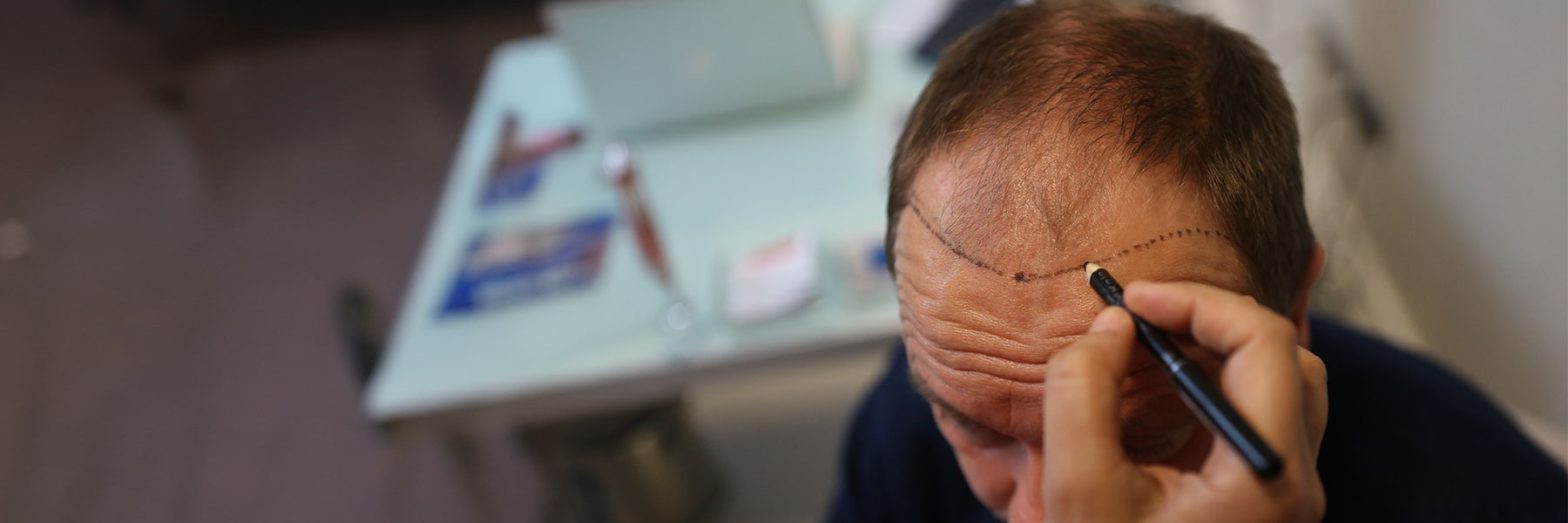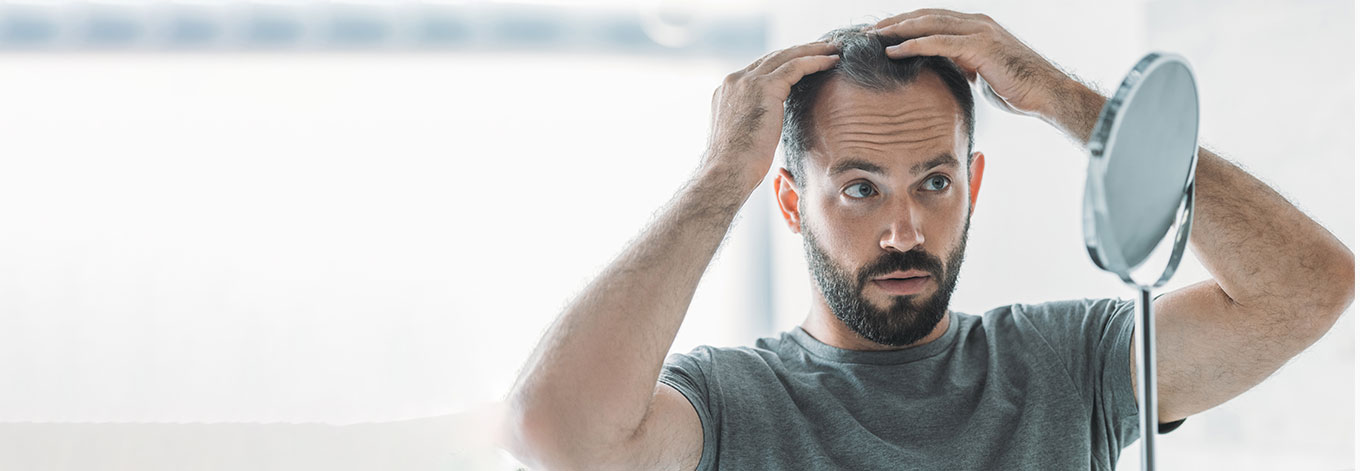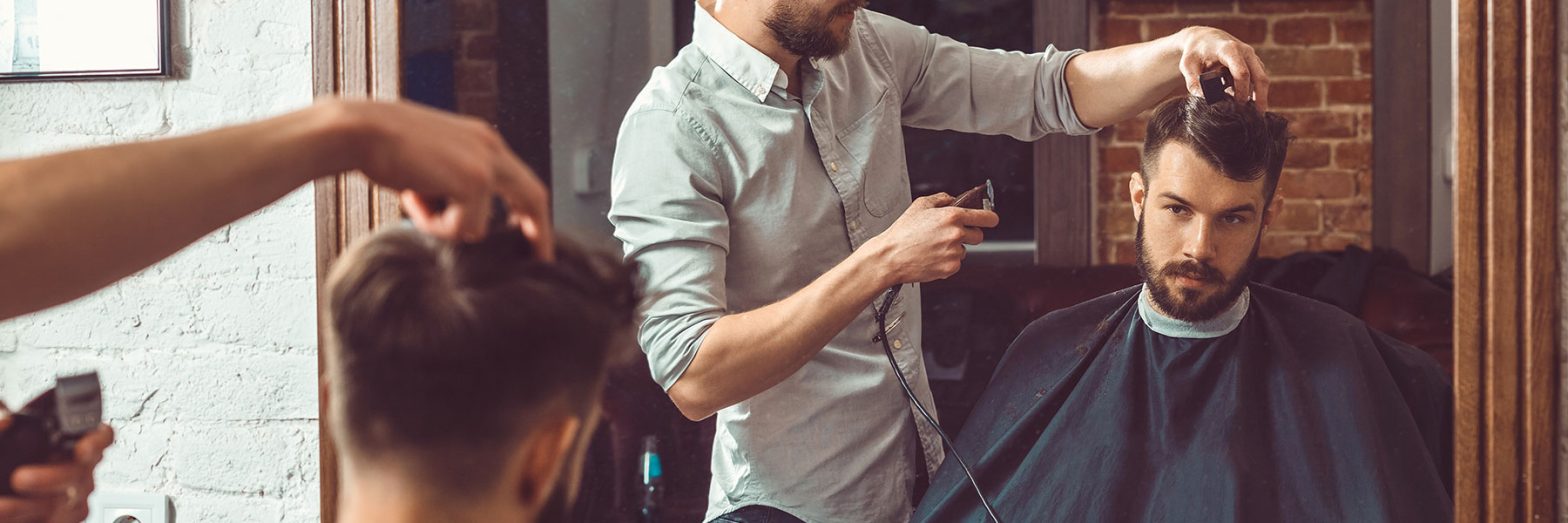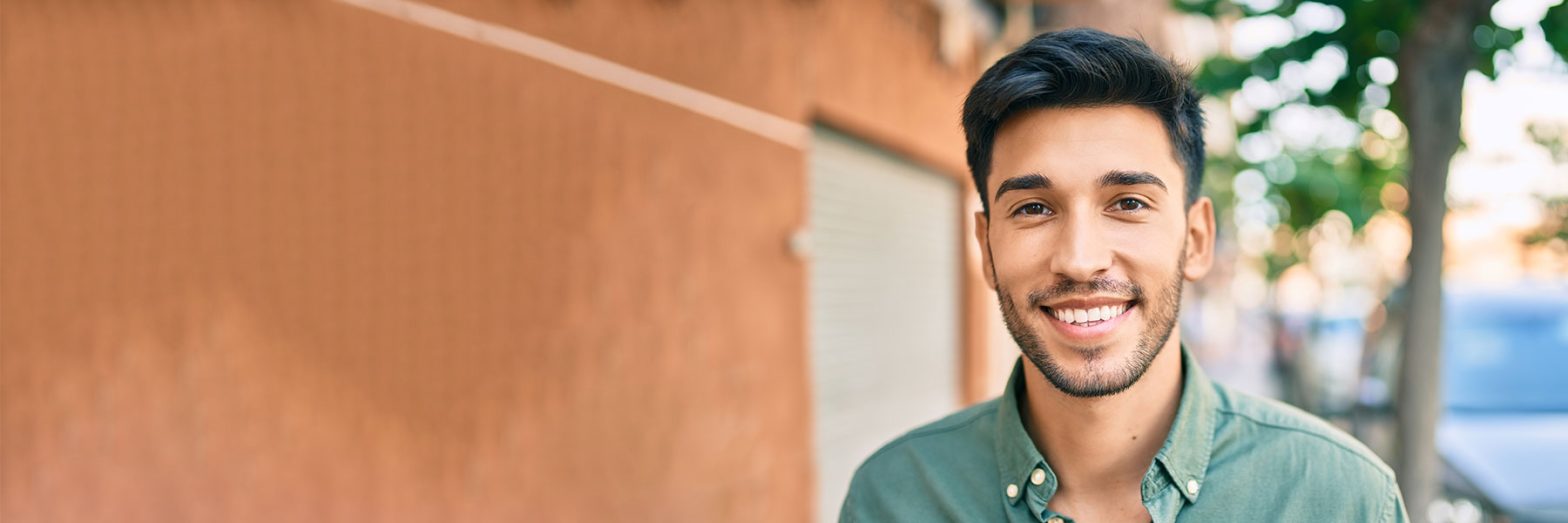
Do I need a second hair transplant?
Whilst Hair Transplant procedures are designed to deliver a permanent result, what they can’t do is treat hair loss.
This means that the results in the area treated will often last a lifetime, but other areas on the scalp may continue to lose hair as a result of male pattern baldness.
Hair transplants are a hair restoration procedure, not a hair loss treatment. Balding, receding and hair thinning will continue to occur over time affecting other areas of the head.
Will I need a second hair transplant procedure?
Not everyone may require a second hair transplant procedure, but we do make it clear that this may be required for all our hair transplant patients.
Every patient is different, and they may experience future hair loss in different patterns and at different rates and their results will reflect that. Patients who take hair loss medication or have non-surgical hair loss treatments to help sustain their results may find they can reduce future hair loss more than those who don’t.
At The Private Clinic, our expert hair transplant surgeons will take the time to assess your hair loss and discuss how your hair has changed over the years. Doing this, allows them to predict how your hair loss may progress over time. and they can make plans to future-proof your hair transplant procedure.
How do our surgeons future-proof your hair transplant?
Our knowledgeable team of hair transplant surgeons will always consider future hair loss when it comes to planning your hair transplant. They will ensure that your hairline design looks natural and in keeping with your age.
When planning a hair transplant, our expert surgeons also look to add hairs/grafts further behind the area treated to first blend it into the area but also to help your hair look as natural as possible for as long as possible.
They also take great care to not overharvest the donor area. This means that only a suitable amount of donor hair is taken so that enough quality donor hairs are left for a second hair transplant if required.
As a guide, surgeons should not be extracting more than 25% of the available hair in your donor area per session. [1]
How long to wait for a second hair transplant?
A second hair transplant should not be performed before 12 months have passed following an existing hair transplant.
It takes around a year to recover completely from a hair transplant procedure. This is why a considerable amount of time must be allowed before any further treatment takes place. Having a second hair transplant procedure too soon could cause damage to both the donor area and the newly placed hair follicles.
The length of time required to wait before a second hair transplant also depends on the reasons for wanting a second hair transplant.
In most cases, great results are seen from one hair transplant procedure and a second hair transplant procedure is only usually required following further hair loss which can take years to become noticeable.
What are the reasons for getting a second hair transplant?
There are several reasons why someone may consider getting a second hair transplant. These include:
- When hair loss has continued to occur over time leaving areas of noticeable loss or thinning again.
- An incorrectly performed hair transplant may require a second hair transplant procedure to fix mistakes such as an unnatural hairline, lack of density, poor hair follicle quality and scarring.
- A pre-arranged second hair transplant procedure where more hair grafts are required to achieve the desired result. Only so many grafts should be used per hair transplant session so in some cases, two hair transplant sessions are required.
Hair transplant repair is one of the most common reasons for having a second hair transplant procedure. We see many patients in clinic who have had poor results often performed by cheap black market hair transplants in Turkey.
96.4% of ISHRS hair transplant surgeons worldwide reported that up to a quarter of their hair transplant repair cases were due to black market transplants. [2]
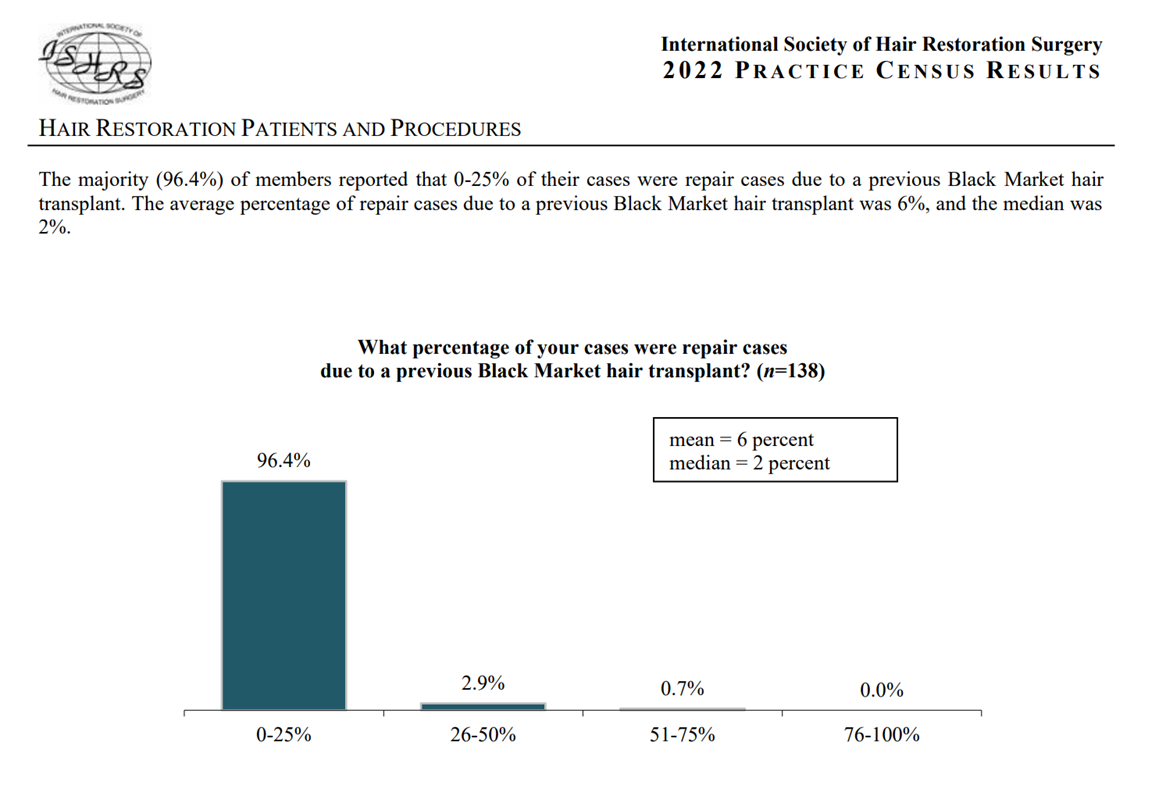
How many hair transplants can I get?
The number of hair transplants that you can successfully have will depend on your donor area. Once the donor area has been depleted, this means there are no donor hairs left that are suitable for transplantation.
According to the ISHRS Census 2022, 68.2% of patients needed one procedure to achieve their desired results and 28.6% required a second procedure. [2]
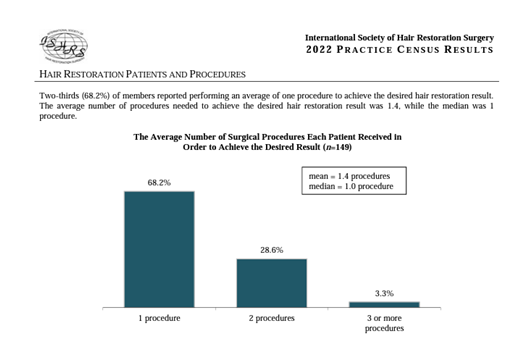
How to avoid needing a second or third hair transplant procedure
It is not always possible to avoid needing a second hair transplant procedure. The best way to ensure a successful hair transplant procedure is to a choose a reputable clinic or surgeon.
A good hair transplant clinic should:
- Be registered with local healthcare authorities (Care Quality Commission).
- Have an excellent safety record.
- Have a named surgeon on their website with an impeccable record of performing successful hair transplants.
- Have a well-trained support team, including nurses and technicians.
- Provide clear and concise post-operative instructions.
- Offer dedicated aftercare support.
A good hair transplant surgeon should
- Be registered with the General Medical Council (GMC).
- Be qualified and experienced.
- Offer FUE Hair Transplant Surgery.
- Have before and after photos for you to view.
- Have good communication.
- Be honest and transparent about the risks and limitations of the procedure to manage the patient’s expectations.
- Help you design a suitable, realistic hairline.
- Understand the importance of preparing and planning for future procedures.
Why choose The Private Clinic for a FUE Hair Transplant?
- You will be treated by highly experienced Doctors.
- Our Hair Transplant surgeons are specialised in FUE (Follicular Unit Extraction) and treat hundreds of patients every year.
- FUE is a minimally invasive treatment meaning there is no cutting of a strip.
- Our FUE Hair Transplant procedure is carried out under local anaesthetic. Many patients either watch TV, or even fall asleep during the procedure.
- Unlike the Strip (FUT) procedure, you won’t require any stitches after your treatment.
- Recovery time is reduced when compared to the Strip surgery.
- We use the finest instruments, resulting in as minimal trauma to your scalp as possible.
- Thanks to our advanced skills and techniques, our team ensure that the donor area looks intact after the hair transplant procedure. You can keep your hair really short if you prefer without any obvious scarring.
- We ensure that only the strongest, healthiest follicles are selected for your transplant procedure.
- Your results will look natural, with denser packing. Hair is implanted in the direction that matches your hair growth, and because we select healthy follicles, the treated area will look densely filled.
- Our surgeons also offer the Unshaven Hair Transplant (U-FUE) to those who prefer not to shave beforehand. At your consultation, we will be able to advise you on whether an unshaven procedure is suitable for you.
- Scars resulting from injuries or previous surgeries can also be corrected with our FUE for Scar Repair procedure.
- You are entitled to as many post-operative care and appointments with your Hair Transplant surgeon and the nursing team as required.
- We offer a 24-hour patient helpline to ensure you are always in the best of hands.
- We have clinics nationwide in London Harley Street, Birmingham, Leeds, Manchester and Northampton.
- See our FUE hair transplant before and after results photo gallery
- Read our extensive hair transplant FAQs
- Hear from previous Hair Transplant patients in our patient stories and videos
- Find out more information in our blogs
Expert Hair Transplant Surgeons at The Private Clinic
- Mr Michael Mouzakis, MD, MSc. GMC Number: 7237640
Get in touch
If you would like to discuss hair loss treatment options please call 03339 209135 to book a consultation or use our online contact form.
Sources





